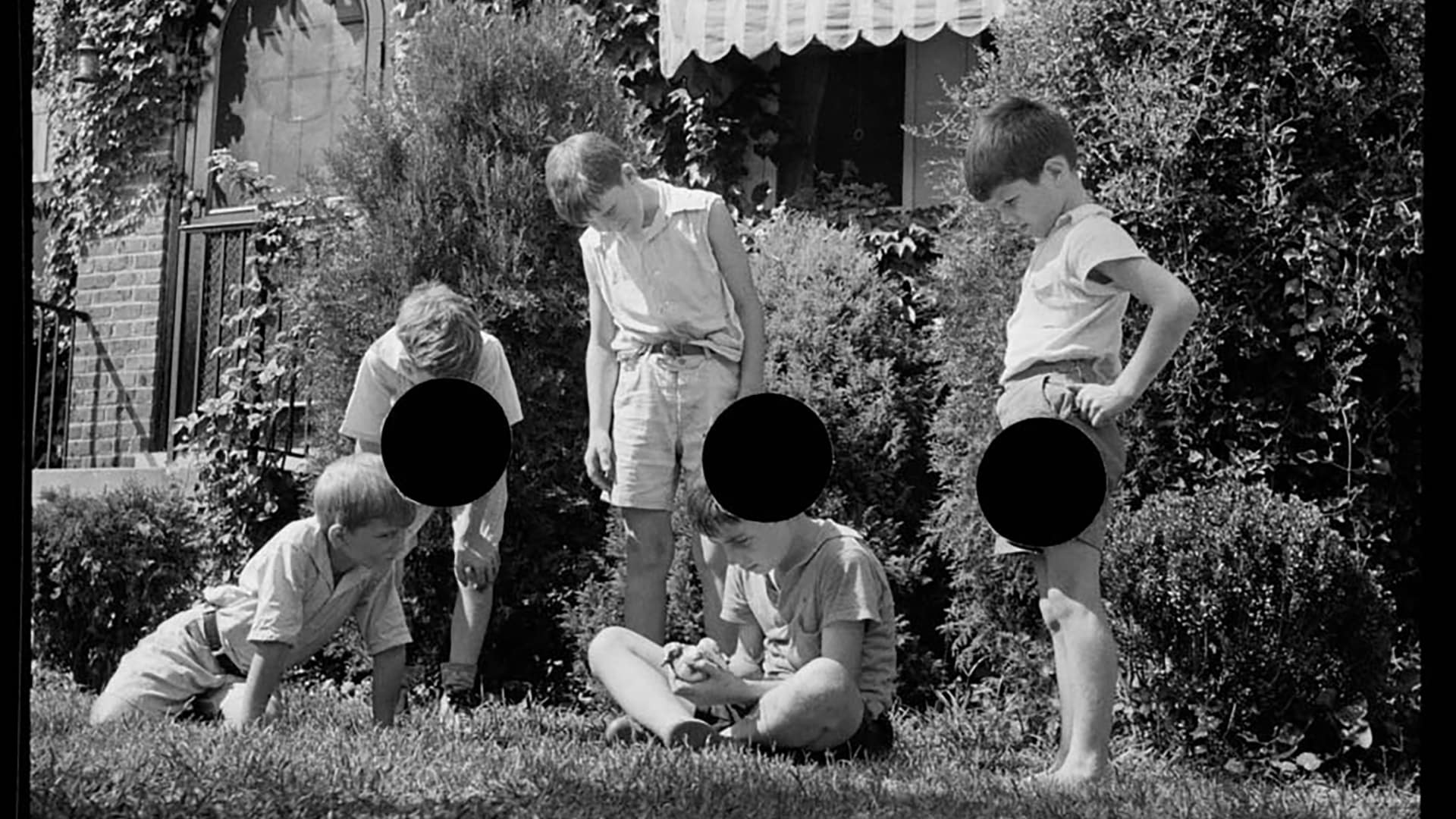Photographer Jean-Christian Bourcart has assembled a selection of photographs discarded by the Farm Security Administration, the US agency created to aid poor farmers during the Great Depression. In 1937, the FSA hired several photographers — including Dorothea Lange and Walker Evans — to document the rural conditions. Bourcart’s work, available in NFT format, questions the act of curating images.

You’re getting blind.
Don’t miss the best of visual arts. Subscribe for $9 per month or $108 $90 per year.
Already suscribed ?


